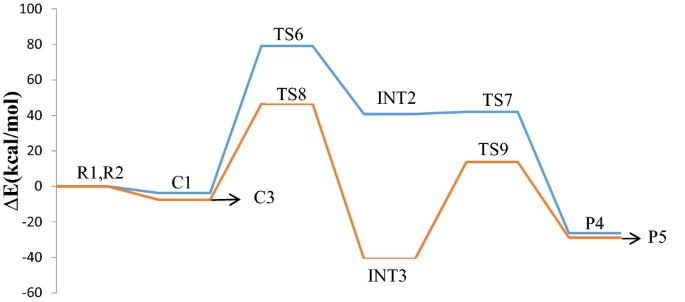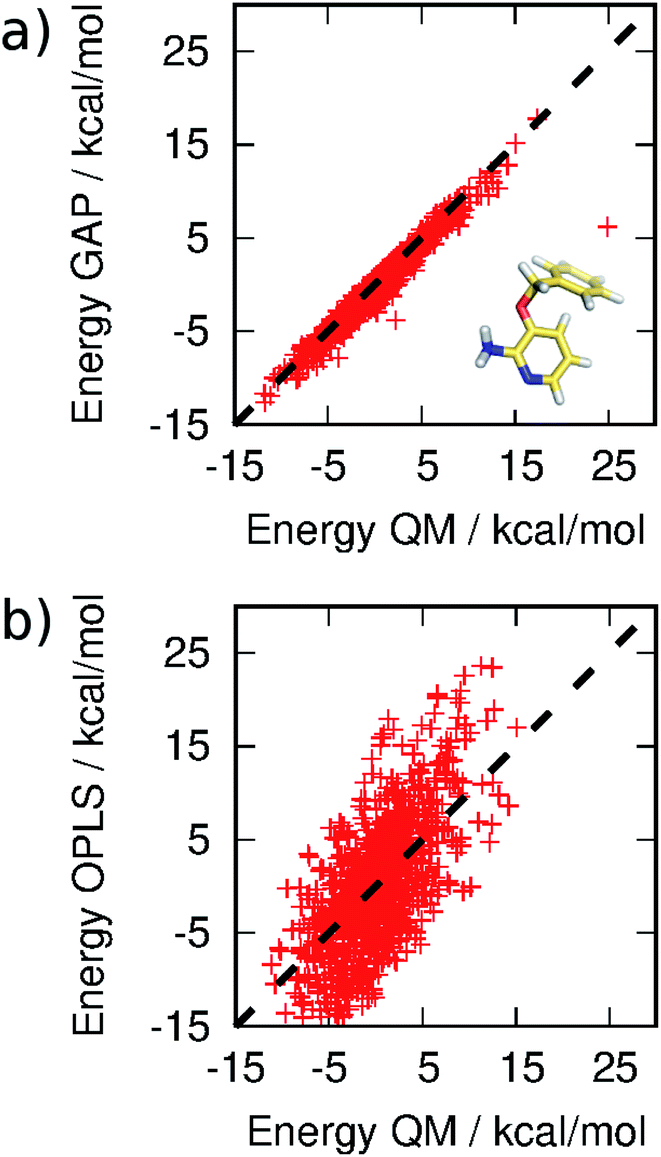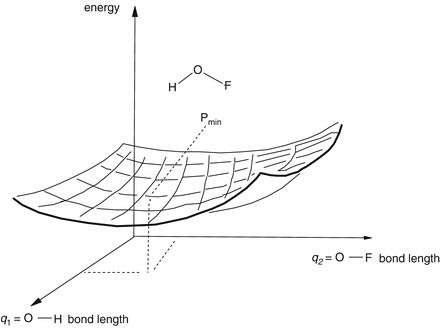

- #DRAW POTENTIAL ENERGY SURFACES USING GAUSSIAN SOFTWARE HOW TO#
- #DRAW POTENTIAL ENERGY SURFACES USING GAUSSIAN SOFTWARE FULL#
pushbutton on the Run Gaussian control panel, which is accessed by selecting the Run menu item on the GAUSSIAN card) to open the Gaussian newzmat Options control panel. pushbutton in the Gaussian Input File control panel (accessed by clicking the Files. By default, newzmat takes a Gaussian input file in angstroms and degrees and converts it to an intermediate file in BGF format to be read by Cerius 2. For information on building and reading in models, please see Cerius 2 Modeling Environment (published separately by MSI).Īlternatively, you load a model into Cerius 2 from an existing Gaussian input file by using the Gaussian newzmat utility. For additional information, please see the on-screen help for the Run Gaussian and Gaussian Tasks control panels (see Setting up and starting calculations), as well as the Gaussian documentation supplied by Gaussian, Inc.įor all calculations, you need to have a model present in Cerius 2.
#DRAW POTENTIAL ENERGY SURFACES USING GAUSSIAN SOFTWARE HOW TO#
This section describes how to perform some of the basic tasks for which Gaussian is used:Īdditional tasks are also available. Typical Gaussian calculations Types of calculation tasks To learn more about Gaussian, please refer to documentation provided by Gaussian Inc., as well as their website (see Other relevant websites).

This section explains how to use the Cerius 2 Gaussian interface and does not discuss the Gaussian application in any detail. The QUANTUM 1 card deck should now look like: This gives you access to functionality for setting up and running your Gaussian job and analyzing the results. Preparing representative conformers for flexible models.Ĭerius 2 Conformational Search and Analysis.Īfter starting Cerius 2, select the QUANTUM 1 card deck and then the GAUSSIAN card. Note that the value of the DFT-Exchange can be obtained using EK, ScaHFX and ScaDFX and the Ex equation shown above.Information on how to set up and run Gaussian through the Quantum 1 module of the Cerius 2 interface is contained in this section.Ĭerius 2 Modeling Environment and Cerius 2 Builders.

In the output below, which is from the preceding input file, we’ve highlighted The appropriate value for this parameter for other methods can be found in the IOps Reference or from the ouput of a previous DFT calculation run with #P on the route card, as highlighted in the partial output below: -ģ/5=1,6=6,7=1,11=2,16=1,25=1,30=1, 74=-5/1,2,3 įor Hartree-Fock energies, the value is 100, but this will not be printed in the The value -5 is used in this case because this is a B3LYP calculation, and the IOp(3/74) Gaussian Test Job 135: Fe=O perpendicular to ethene, in triplet state. In this example, the added information is highlighted with a different color. The information you need is in the online G16 IOPs Reference, under the listing for IOp(3/74). Next, add input after the geometry specification to tell Link 608 what kind of calculation you are doing. First, add ExtraLinks=L608 to the route section for your calculation.
#DRAW POTENTIAL ENERGY SURFACES USING GAUSSIAN SOFTWARE FULL#
The full breakdown of the energy is not part of the normal output, but you can get it with two changes change to your input.

How can I get a breakdown of the SCF or DFT energy into all its component parts?


 0 kommentar(er)
0 kommentar(er)
